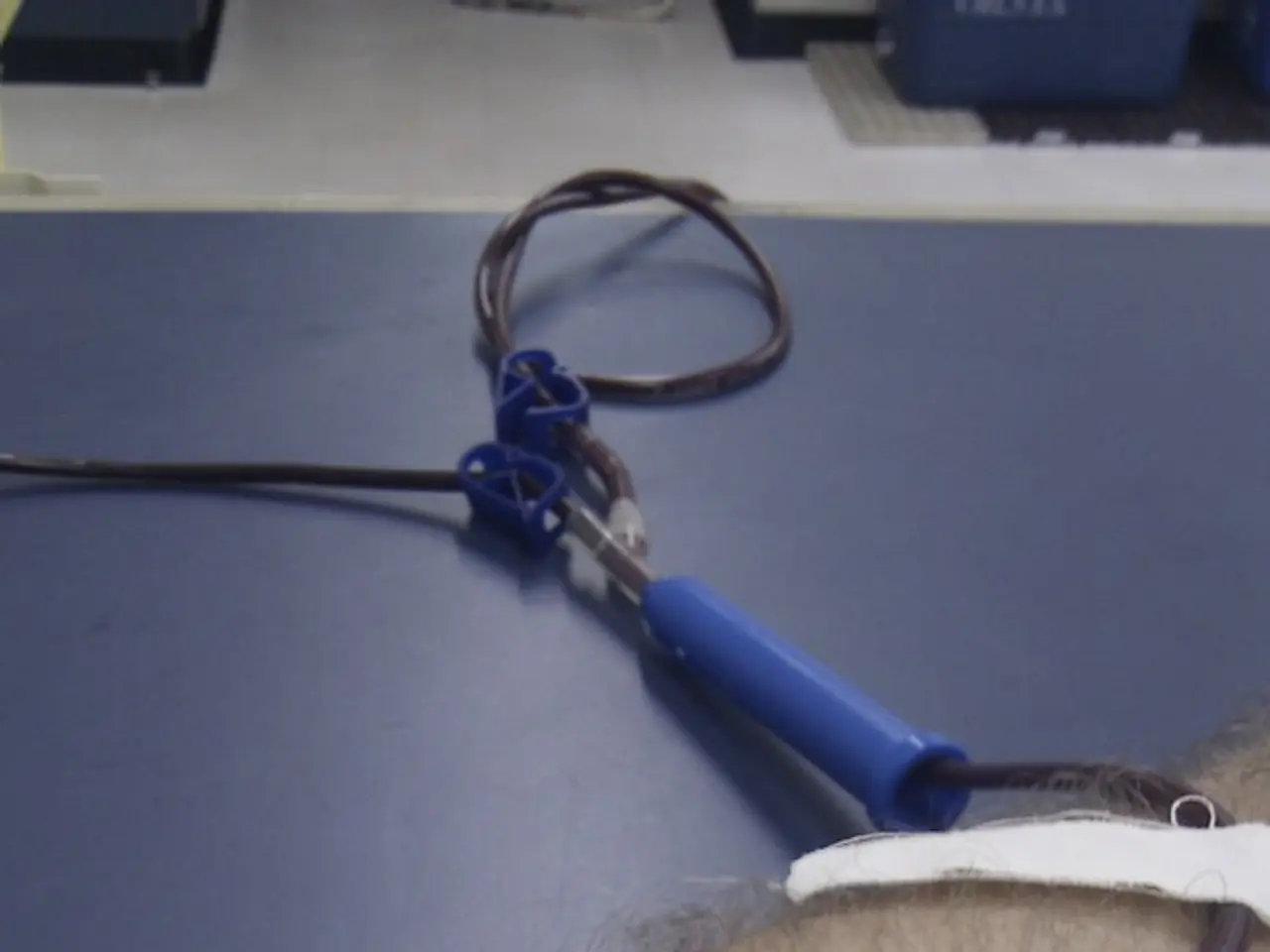Strokes and related conditions: Origins, signs, and remedies
Cerebrovascular disease, encompassing stroke, transient ischaemic attack (TIA), aneurysm, and vascular malformation, is a significant health concern that affects millions worldwide. According to data from the Centers for Disease Control and Prevention (CDC), cerebrovascular disease was responsible for 48.6 deaths per 100,000 people in the United States in 2020, totalling 160,264 deaths.
The common links between cardiovascular and cerebrovascular diseases primarily involve shared underlying risk factors and pathophysiological mechanisms. Atherosclerosis, a key shared cause affecting blood vessels throughout the body, involves plaque buildup, vessel stenosis, and inflammation, leading to both coronary heart disease and ischemic stroke.
Inflammation and oxidative stress are central mechanisms that contribute to both cardiovascular remodeling and cerebrovascular damage, promoting endothelial dysfunction and vascular pathology. Common risk factors such as hypertension, diabetes, smoking, dyslipidemia, and advanced age promote vascular injury and dysfunction in both systemic and cerebral circulation.
Diabetes-related complications, including microvascular dysfunction and endothelial damage, are common in both cardiovascular diseases and cerebrovascular diseases, driven by mechanisms like oxidative stress and the formation of advanced glycation end-products (AGEs). There is an interplay where cardiovascular diseases, such as atrial fibrillation, can increase the risk of cerebrovascular events, and vice versa.
Taking blood platelet inhibitors, such as Clopidogrel and Plavix, can reduce the risk of stroke before it occurs. Not smoking, getting regular exercise, eating a balanced diet, maintaining a healthy body weight, managing blood cholesterol and blood pressure with diet and medications if necessary, and managing heart arrhythmia can also reduce the risk of cerebrovascular disease.
Stroke can occur at any age, including infancy, and its risk increases with age, doubling every 10 years. Common symptoms of cerebrovascular disease include severe headache, paralysis, weakness, confusion, difficulty communicating, loss of vision, loss of balance, and unconsciousness. The American Stroke Association encourages public knowledge of the acronym FAST as an aid in recognising the warning signs of stroke and acting on them quickly: Face drooping, Arm weakness, Speech difficulty, Time to call 911.
Treatment for a cerebrovascular event requires emergency treatment, and rapid assessment and treatment are crucial. A cerebral angiography, MRI scan, MRA, CAT scan, CTA, EKG or ECG, and lumbar puncture may be used to diagnose a cerebrovascular event. Aneurysms and hemorrhages may cause severe health problems by causing blood vessels to rupture and bleed.
In the case of an acute stroke, a medication called tPA can break up the blood clot. Catheter-directed mechanical thrombectomy is an emergency stroke treatment that involves a doctor inserting a catheter into an artery and using a small clot-removing device to suck out the clot. After a cerebrovascular event, people may require physical therapy, speech therapy, occupational therapy, psychological therapy, and rehabilitation to retain as much function as possible.
Pregnancy can increase the chance of cerebral venous thrombosis. Moyamoya disease, venous angiomas, vein of Galen malformation, and certain drugs and medical conditions can also increase the risk of cerebrovascular disease. Hormone replacement therapy (HRT) may increase the risk of an ischemic stroke in a person with atherosclerosis or carotid artery disease.
Death rates from strokes have been decreasing, while for other racial or ethnic groups, death rates have fallen. Doctors may prescribe statins to lower and manage high cholesterol levels and decrease the risk of ischemic stroke and heart attack. Strokes are more likely to affect people over 65 years old, with 87% of hospitalized people due to strokes being over 65 years old in 2009.
Black people have a higher risk of stroke compared to white people, but the reasons for this increased risk are not clear. It is crucial to raise awareness about the risks, symptoms, and treatments of cerebrovascular disease to reduce its impact on public health.
- The interplay between cardiovascular diseases and cerebrovascular diseases often stems from shared risk factors, such as obesity, diabetes, and hypertension.
- Atherosclerosis, a condition involving plaque buildup and inflammation, contributes to both cardiovascular and cerebrovascular diseases, affecting various medical-conditions throughout the body.
- Depression and other mental-health issues can also be predictive of cerebrovascular diseases, potentially driven by shared underlying mechanisms such as inflammation and oxidative stress.
- Respiratory-conditions and digestive-health complications, aside from cardiovascular and cerebrovascular diseases, can increase the risk of developing autoimmune-disorders, further impacting health-and-wellness.
- Skin-care is an integral part of overall health-and-wellness, with skin-conditions, such as eczema, being linked to certain chronic-diseases, like atopic dermatitis and psoriasis.
- Hearing loss, a common health concern, can be associated with various risk factors, including obesity, hypertension, and diabetes, reinforcing the connection between different chronic-diseases.
- people who have suffered from a cerebrovascular event may need nutrition counseling to manage their diet and help with recovery, as proper nutrition plays a crucial role in cardiovascular-health.
- Regular fitness-and-exercise has been shown to reduce the risk of both cerebrovascular diseases and other chronic-diseases, such as obesity and depression.
- In addition to managing traditional medical-conditions, eye-health is an essential aspect of wellness, with conditions like diabetes and hypertension being potential risk factors for vision loss.
- Good health involves holistic care, encompassing physical, mental, and social well-being, as well as addressing various factors that contribute to chronic-diseases, like nutrition and lifestyle choices.




